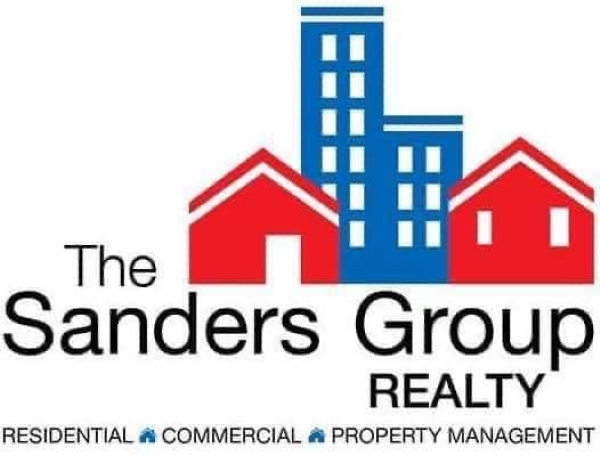
The Down Payment
The amount you have available for a down
payment will affect what types of loans for which you can qualify. Down
payments typically range from 3 to 20 percent of the sales price for the
property.
Tips for
Accumulating a Down Payment
Save.Look for ways to reduce your monthly expenditures to save toward a down-payment. You could enroll for
an automatic savings plan at your bank to have a portion of your payroll automatically transferred into savings. Most people save
a couple of years for their down payment.
Borrow the down payment from your retirement plan.
Check the provisions of your retirement plan. You can borrow funds from a
401(k) plan for a down payment or make a withdrawal from an Individual
Retirement Account. Be sure you understand the tax consequences, repayment
terms and/or possible early withdrawal penalties.
Move. You may be able to save additional funds if you can move into less expensive housing.
Reduce other higher interest rate debt. Paying off credit cards will initially reduce your savings, but the money
you will save from higher interest rates will pay-off in the long run.
Make a deal with the seller. In some circumstances, it is appropriate to ask the seller to carry a second-mortgage
to cover your down payment. Typically, you will pay a slightly higher rate for this second mortgage.
Sell some investments.
Get a second job and save your earnings.
Skip a year's vacation.
Gift from family. Parents and other family members are often anxious to help children buy their first home
and may have the means to give you a gift of money for a portion or all of your down payment.
Alternative Sources for Loans
No-down and low-down Mortgages
FHA Loans. The Federal Housing Authority (FHA), which is part of the U.S. Department
of Housing and Urban Development (HUD), plays a significant role in
helping low- to moderate-income families qualify for mortgages. FHA
assists first-time buyers and others who would not qualify for a
conventional loan, by providing mortgage insurance to private lenders.
Interest rates for an FHA loan are usually the going market rate, while the
down payment requirements for an FHA loan are lower than conventional
loans. The required down payment can be as low as 3 percent and the
closing costs can be included in the mortgage amount.
VA Loans. VA Loans are guaranteed by the
U.S. Department of Veterans Affairs. Service persons and veterans can
qualify for a VA Loan, which usually offers a competitive fixed interest
rate, no down payment and limited closing costs. While the VA does not
issue the loans, it does issue a certificate of eligibility required to
apply for a VA loan.
Piggy-back Loans. A second mortgage that closes
with the first. Often the first mortgage is for 80% of the purchase price
and the "piggyback" is for 10%. The home buyer covers the remaining
10% with their down payment. (Some lenders will write a second mortgage of
15% or even 20% of the purchase price.)
- "Carry Back" Mortgage.
In the case of the seller "carrying back a second mortgage", the seller
loans you part of his or her equity. In this scenario, you would
finance the majority of the loan with a traditional mortgage lender and
finance the remaining amount with the seller. Typically you will pay a
slightly higher interest rate on the loan financed by the seller.
Housing Finance Agencies. These agencies offer special loan programs to low- and moderate-income buyers, buyers
interested in rehabilitating a home in a targeted area, and other groups as defined by the agency. Working through a housing
finance agency, you can receive a below market interest rate, down payment assistance and other incentives.
The primary mission of Housing Finance Agencies is to boost home ownership in targeted areas, among first-time buyers and
those with little money for down payments. Most of these non-profit agencies were funded with state government seed money and now
operate independently.
Click
here for a list of Housing Finance Agencies.
Documenting Your Down Payment
Documenting that the down payment comes from your savings and that you will have savings and/or assets over and above
the down payment gives the lender confidence in your strength as a borrower and your ability to repay the loan.
Take extra care to document the sources for any monies to be used for the down payment or closing costs.
Acceptable Down Payment & Closing Costs Sources:
- Cash in a bank account
- Mutual funds / stocks / IRA / 401K
- Proceeds from the sale of another property
- Gift from an immediate relative
Click here to learn more about verifying your down payment, closing costs,
income and debt.